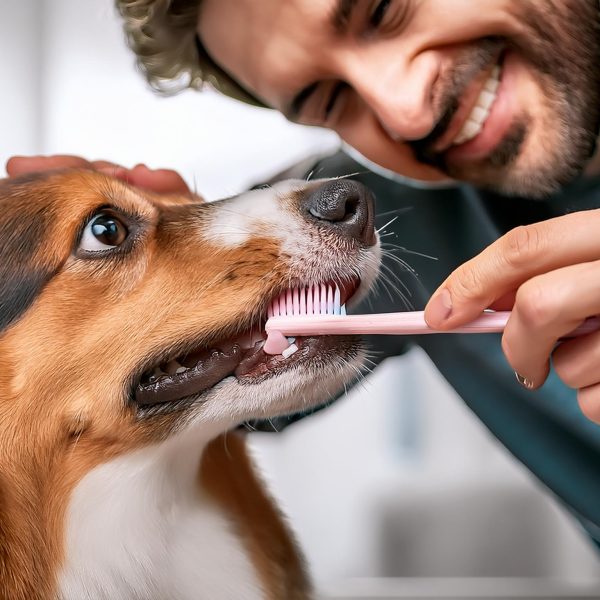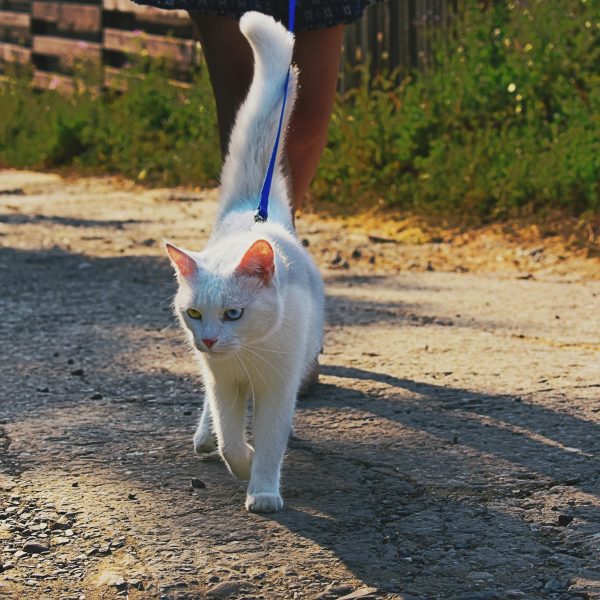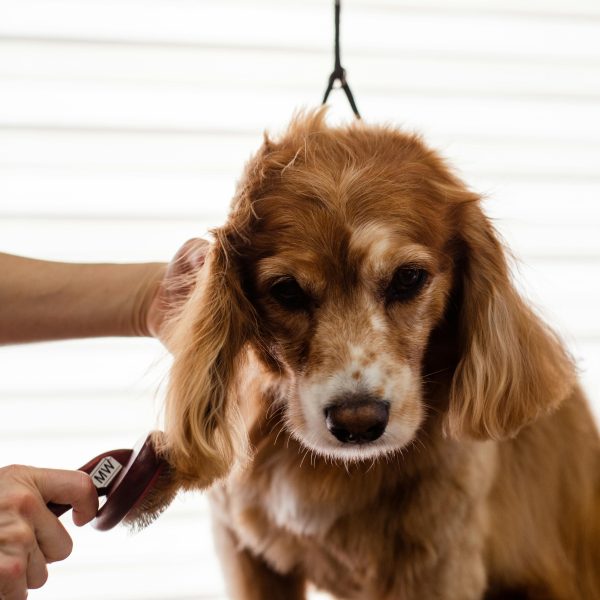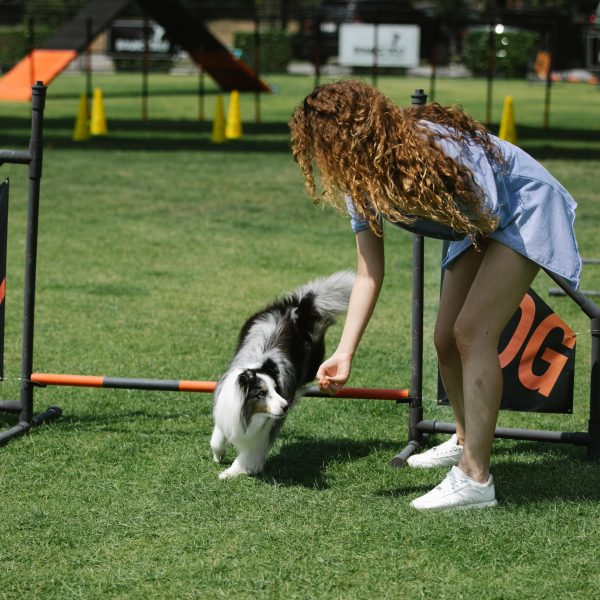The fur of dogs and cats is more than just a covering; it’s also an indicator of their overall health and well-being. Properly caring for their fur is crucial to maintaining their appearance, comfort, and health. In this comprehensive guide, we will delve into the significance of coat care techniques, explore methods for maintaining various types of coats, and provide essential tips for keeping your furry companions looking and feeling their best.
Understanding the Importance of Coat Care: A well-maintained coat serves as a clear reflection of your pet’s good health. A glossy, clean, and well-groomed coat suggests that the animal is receiving proper nutrition, hygiene, and regular attention. Neglecting coat care can lead to a range of issues, including tangled hair, skin infections, matting problems, and discomfort. Regular grooming sessions also offer a valuable opportunity for pets and owners to bond with each other.
Essential Grooming Practices:
1. Brushing: Brushing forms the foundation of coat care, as it helps remove loose hair, prevents tangles, and promotes the even distribution of natural oils that contribute to a healthy coat. The frequency of brushing depends on the breed and type of fur. Longer coats often require more frequent brushing sessions. Breeds with fur such as Huskies or Persians benefit from regular brushing to minimize shedding.
2. Bathing: Bathing should be done as needed, without excessive frequency, as over-bathing can strip the coat of its natural oils. Use shampoos specifically formulated for pets and lukewarm water. While cats typically groom themselves and may not require frequent baths, certain breeds may benefit from occasional waterless shampoos or gentle wipe-downs.
3. Nail Trimming: Regular nail trimming for both dogs and cats is essential to prevent discomfort and potential injuries caused by overgrown nails. Care must be taken to avoid cutting the quick, which contains blood vessels and nerves.
4. Ear and Eye Care: Regularly cleaning your pets’ ears and eyes helps prevent infections. Use cotton balls or specialized solutions for this purpose, and always exercise caution to avoid inserting anything into the ear canal.
Managing Different Coat Types:
1. Short Coats: Breeds like Dachshunds and Bulldogs have relatively easy-to-maintain short coats. Regular brushing helps remove loose hair and evenly distribute natural oils. A rubber grooming mitt or bristle brush is effective for this purpose.
2. Long Coats: Breeds like Afghan Hounds and Maine Coons boast long, flowing coats that require thorough brushing to prevent tangles and matting. To keep these coats free from tangles, it’s recommended to use a combination of fine-toothed combs and slicker brushes.
For breeds with coats similar to Poodles and Bichon Frises, regular brushing is crucial to maintain the texture and appearance of their coats. In some cases, professional grooming might be necessary.
3. Coated Breeds: Breeds like Golden Retrievers and Siberian Huskies possess an undercoat beneath their longer topcoat. During shedding seasons, they are prone to shedding. Regular brushing with an undercoat rake can help manage shedding and prevent matting.
Additional Considerations:
1. Seasonal Shedding: Many dogs and cats experience shedding during certain times of the year, usually in spring and fall. Increasing grooming sessions during these periods can help control excessive hair shedding.
2. Skin Health: A healthy coat is reliant on healthy skin. Providing a diet rich in essential fatty acids is crucial. Regular grooming aids in removing debris and dead skin cells, promoting overall skin health.
3. Allergies: Some pets may develop skin allergies. If you notice symptoms such as itching, redness, or hair loss, it is advisable to consult a veterinarian who can recommend suitable treatments or dietary adjustments.
4. Professional Grooming: While regular at-home grooming is essential for all pets, professional grooming can be particularly beneficial for breeds with intricate coat types. Groomers who specialize in specific breeds can offer services such as nail grinding and teeth cleaning.
In conclusion, taking care of your furry friends’ coats is about more than just enhancing their appearance – it’s a vital aspect of ensuring their health and happiness. By establishing a grooming routine tailored to your pets’ coat types, you can prevent issues like matting and skin infections. Through dedicated time and attention to maintaining their coats, pet owners can ensure that their beloved companions not only look their best but also feel their best. So, gather those brushes, combs, and shampoos, and give your pets the coat care they truly deserve.








